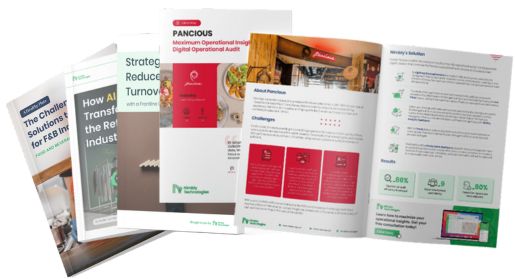

When it comes to retail accounting, you have to know how to differentiate it from other forms of accounting across various industries. Specifically for retail accounting, applying the FIFO method could prove particularly useful.
Before we get to know FIFO more, these are the methods for inventory costs and calculations:
FIFO is short for “first-in, first-out”. It means that the first item placed in your inventory will also be the first to be sold. Grocers always use this method since food and packaged drinks (like milk and juice) have expiration dates. By the end of the year, the leftovers should be the most recent stock you have placed.
This is the opposite of FIFO as it stands for “last in, first-out”. This means that the last item placed in your inventory will also be the first to be sold. This method is used in retail businesses for the items that do not have expiration dates. The most common reason for this method is the trend to follow—for example, the fashion industry with its seasonal collections and the same trend that always returns.
This method requires careful calculation. It would be best if you determined the average cost of all the items in your inventory based on their costs and quantity. In short, it will look like this:
The cost of all different inventory items and the number of units x the number of units by corresponding prices + the totals for each different item + the total number of units in your inventory: the first sum by the total number of units.
This method is much simpler than the previous one. Divide the purchase and the beginning inventory costs by the ratio for the cost-to-retail one. To find this ratio, divide the cost of an item by the price to keep your items on sale.
After that, multiply the total of the sales by the percentage. Subtract it from the cost of the goods sold. That is how you get the total for your final inventory.
To track and monitor the actual inventory items you have, you can do it:
This means you must take occasional physical counts of items in your inventory and their costs.
It means you have a more regular, rather strict schedule to track your inventory items and their costs continuously. This method happens to be the easiest because you get to keep track of almost everything.
Compared to LIFO, this method has a sense of urgency. The sooner the expiration dates on items, the sooner they must be sold. This is particularly so, for items that are the first batch to arrive.
The newest batch to arrive in inventory in LIFO is the first one to be sold. It is a different sense of urgency because LIFO relies more on the current trend. For example, the latest batch is more fitting with the latest fashion trend. That is why they are the first to be sold.
Since FIFO requires a lot of inventory checking with the expiration dates and costs, you should utilize tools such as Nimbly to help you to work more efficiently. The data collection can be accessed in real-time to help you to keep track of your items.
